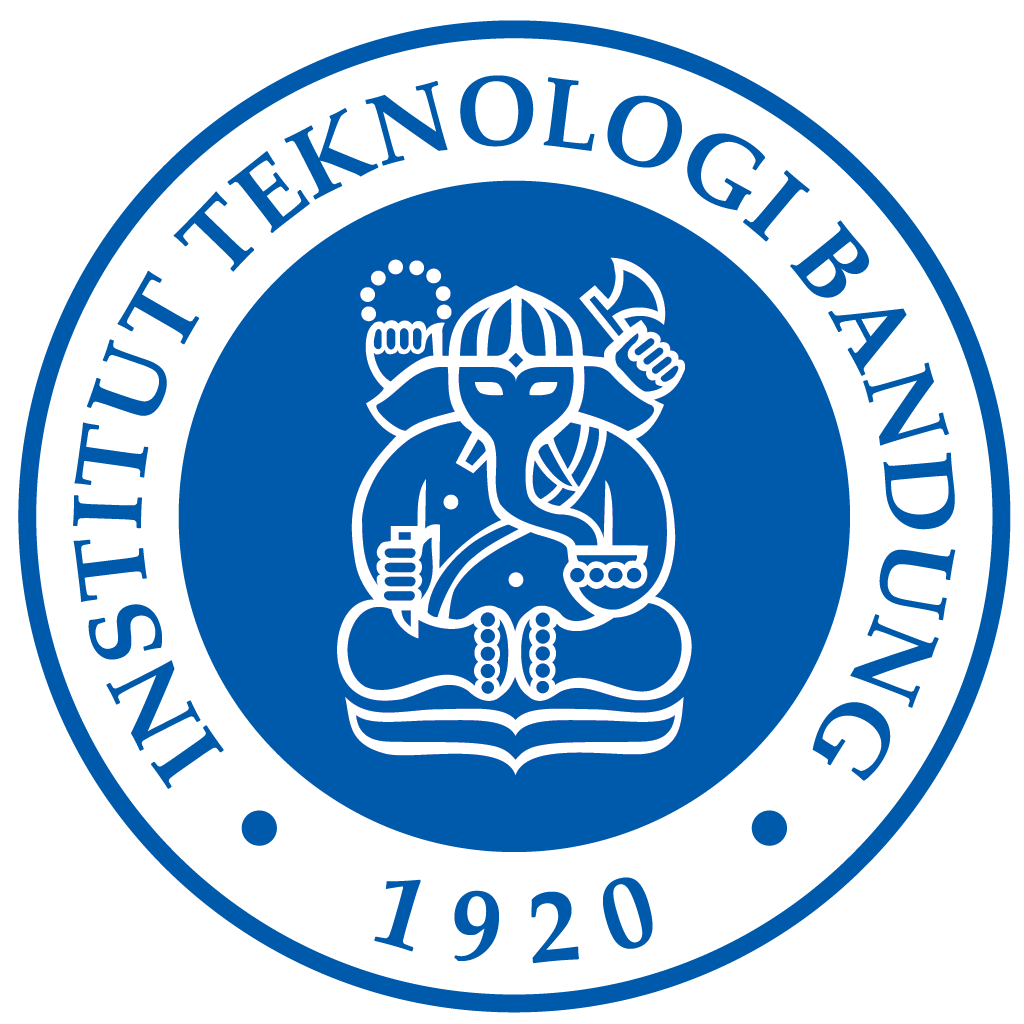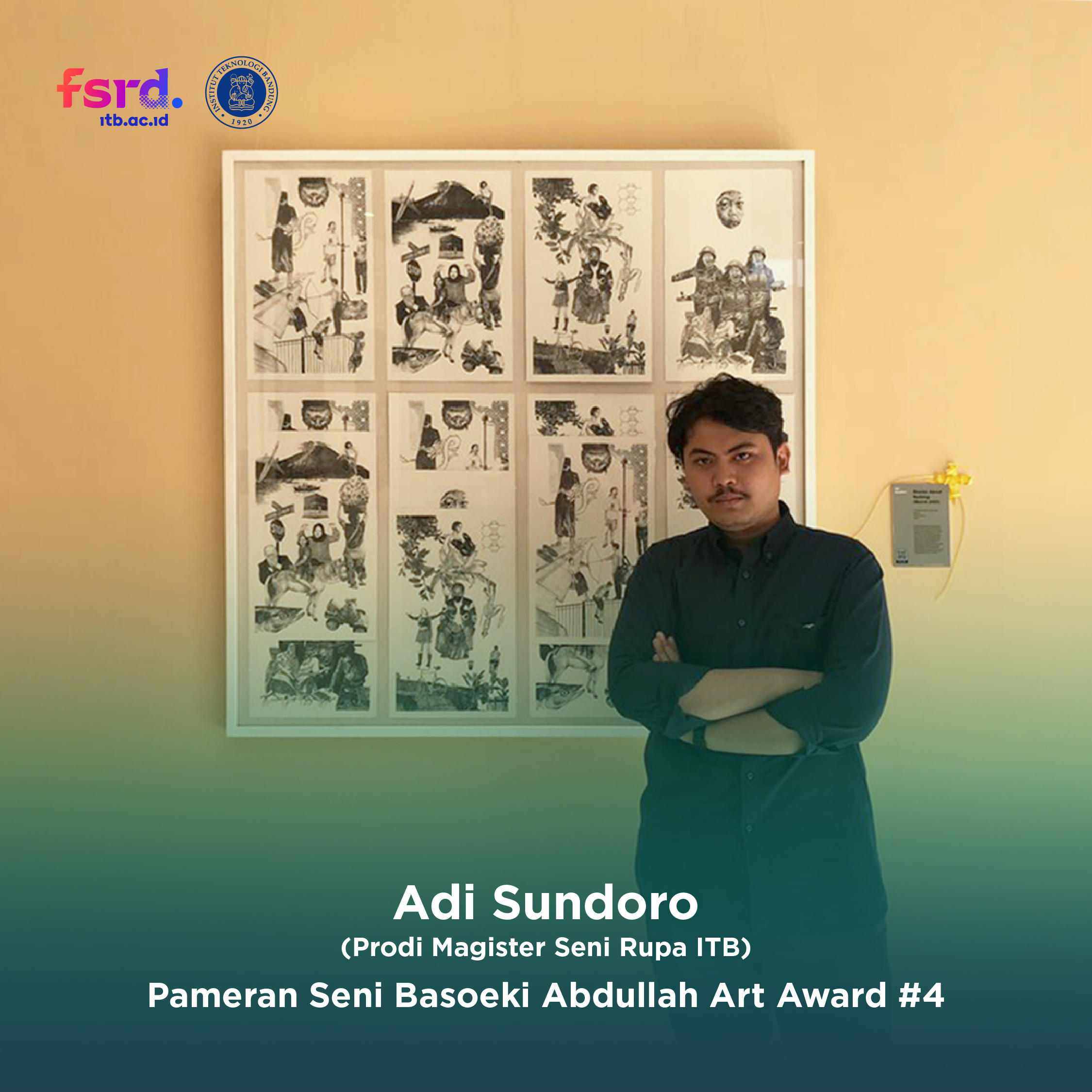Adi Sundoro, Artist from Master Program in Visual Art, the Faculty of Art and Design, becomes the Winner of Basoeki Abdullah Art Award #4 2022
Adi Sundoro, also known as Asun, was born in Jakarta in 1992. Since 2021, he has been pursuing his master’s degree at Master Program in Visual Art, the Faculty of Art and Design. He actively exhibits his work as a visual artist centered on graphic print works both at home and abroad. He won many awards including Bronze Award Winner of UOB Painting of The Year (Category of Established Artist) (2022), Winner of Basoeki Abdullah Art Award #4, Jakarta (2022), Consolation Prize of The 3rd ASEAN Graphic Arts Competition and Exhibition, Vietnam (2020), and Public Prize Award, 1st Kitchen Litho Competition, France (2015).
His recent work entitled ‘Stories About Nothing’ participated in the Basoeki Abdullah Art Award #4 competition which was open for acceptance from April 1, 2022, to July 15, 2022. This competition was open to Indonesian citizens aged 17-30 years who have an interest in two-dimensional works of art in particular. The winners of this competition were announced on August 26, 2022, via the official Instagram account @musbadul, while the awarding and exhibitions were held on September 26—October 26, 2022. Exhibition of works was held at the Basoeki Abdullah Museum, Jl. Raya Finance No. 19 West Cilandak, South Jakarta.
Adi Sundoro, on one occasion, shared his story about his work in the competition. “The work is created by collecting visual assets through screenshots of the features of one of the social media (Story on Instagram). In March 2022, I collected screenshots on social media one day every week after waking up from sleep. Then, I ‘forced’ myself to read the stories and information that people share on social media. With this performative method, I tried to understand their stories, but in the end, at one point, everyone tends to share the same things and it gets boring. The situation is not the same as that of modern people, who consume information daily both consciously and unconsciously, starting from waking up from sleep until resting again. The massive number of visual-based information is felt to be biased and its value is questioned; good-bad, right-wrong, important-not important, and so on. In the end, it is our foresight and our needs as human beings that must be sensitive so that we don’t get caught up in the layering routine.”, said Adi Sundoro.
In the work ‘Stories About Nothing’, he uses the method of utilizing lithographic printing because technically it is capable of displaying the characteristics and intensity of hand-drawn strokes to the fullest, even very similar to the original image (not a print). Photolithography is an alternative graphic technique for printing data. Around the end of the 18th century, this technology was just discovered. Initially, this data was printed using stone as a printing plate, so it was called lithography (litho=stone, graphien=picture/writing). However, over time, the stone plate was replaced with a thin zinc metal plate, which is currently known as an offset printing plate. In addition, this photolithography method shortens the processing time carried out by artists because it already uses scanning and irradiation technology when making printing plates (far different from lithography which is quite a time-consuming). This is also a representation of the accelerating phenomenon that is occurring in the scope of advances in technology and information (internet) today. As a work of graphic printing art, of course, an image can be printed several times (not just one, duplicated), this is similar to information spread on the internet, especially social media.
The title ‘Stories About Nothing’ has a literal meaning ‘Stories Without Meaning’. First, because the visuals in this work were ‘taken’ from the Story feature on Instagram. The original image, then, loses its true context, becomes meaningless, or has no significance after being rearranged in a collage-like way. The analogy is the same as seeing phenomena that occur on social media, where too much seeing can lead to consumption and, ultimately, a lack of understanding of what is displayed on our gadget screens.
“This work is actually expected to be a critical reflection of the current situation regarding the rapid advancement of technology and the spread of information. This work offers a new perspective on the meaning of ideology, and figures in today’s conditions, especially in the national scope which relates to the theme of Basoeki Abdullah #4 competition, Idealogue: Now, Figures and the Nation. With the existence of social media, almost everyone can be recognized as a ‘figure’ even in a relatively short time – like a viral phenomenon. Figures are always known for what they do and what they achieve. Is going viral an achievement today? Maybe. The message is to continue to work and remain critical of what is happening around us. Sometimes things that seem trivial can have something that can be developed to give a new perspective to many people.”, said Adi Sundoro.


